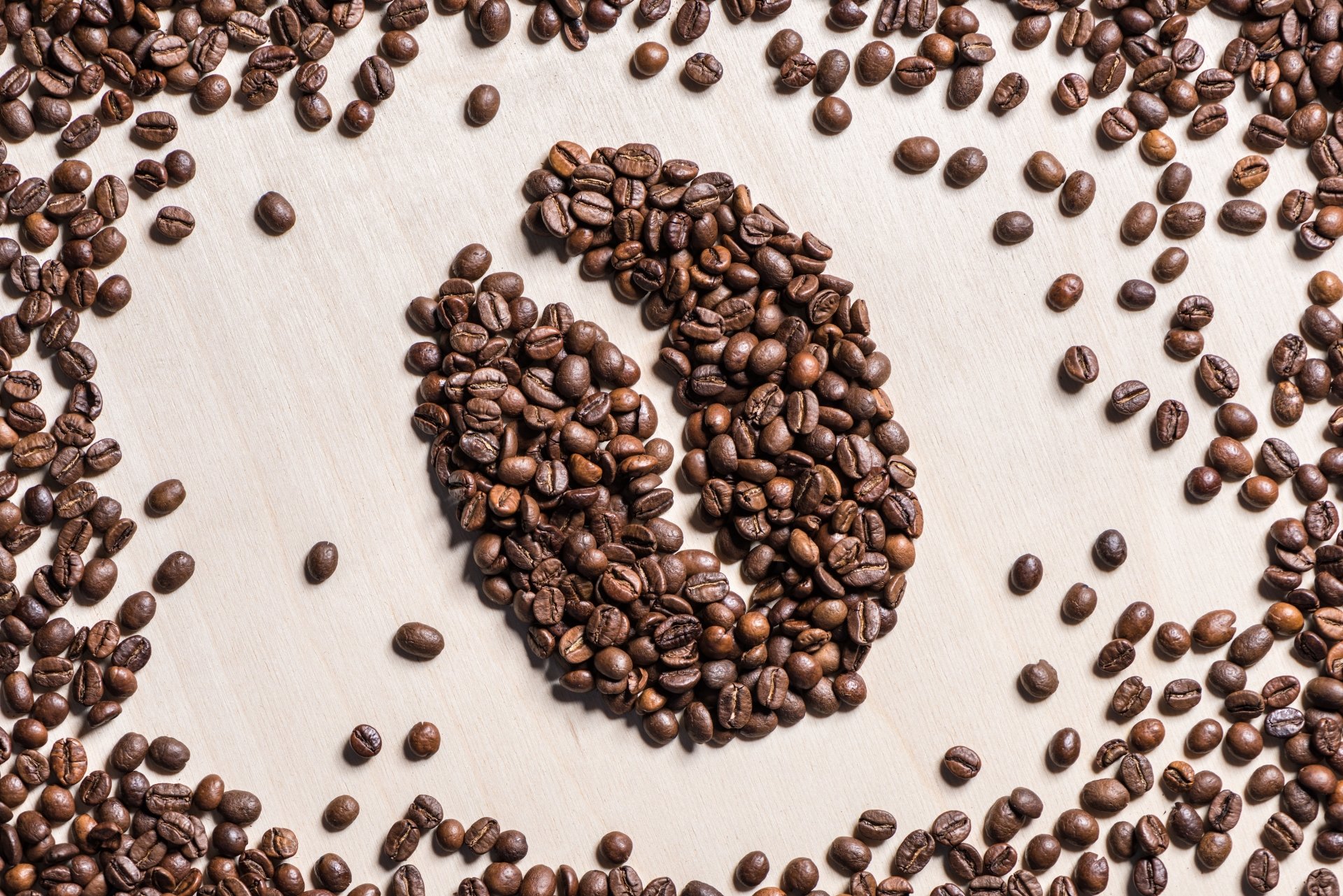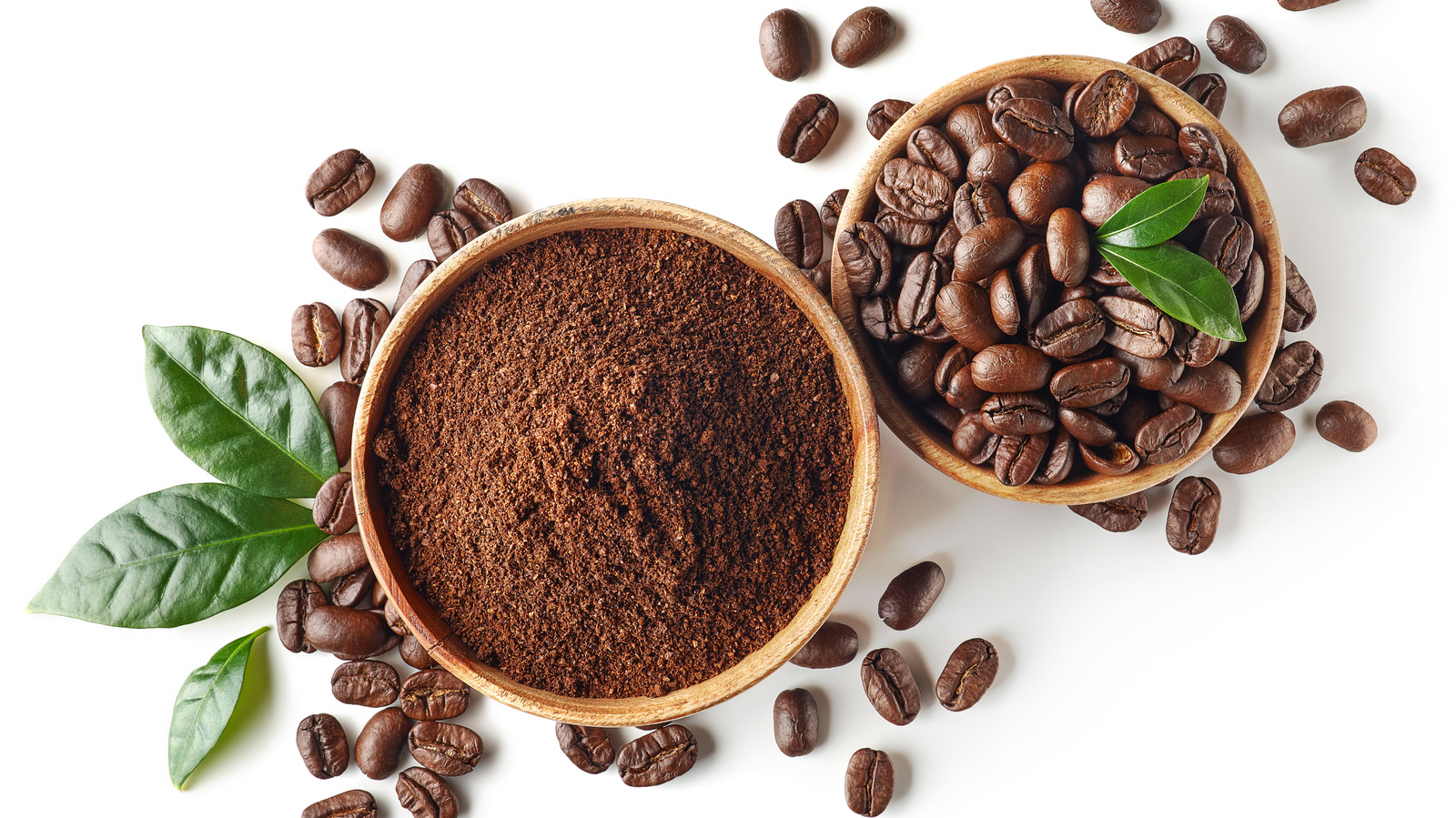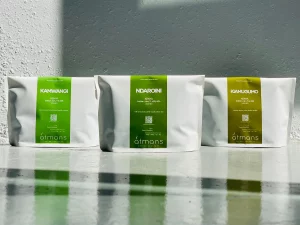
From Bean to Brew: Understanding the Journey of Arabica Coffee Powder for Great Coffee Every Day
Table of Contents
- The Origin of Arabica Coffee
- Cultivation and Harvesting
- Ideal Growing Conditions
- Planting and Growth
- Harvesting
- Processing the Cherries
- Wet Processing (Washed Coffee)
- Dry Processing (Natural Coffee)
- Milling and Grading
- Hulling
- Polishing
- Grading and Sorting
- Roasting
- Roast Levels
- The Roasting Process
- Grinding
- Brewing
- Drip Coffee Maker
- French Press
- Espresso Machine
- Aeropress
- Pour-Over
- Cold Brew
- The Final Cup
- Conclusion
From Bean to Brew: Understanding the Journey of Arabica Coffee Powder for Great Coffee Every Day
- azeem memon
- 23-05-2024
- 23-05-2024
- 1489 views
- Coffee Beans

Coffee is an integral part of many people’s daily routine, offering a comforting ritual and a burst of energy. Among the numerous types of coffee beans available, Arabica stands out for its superior flavor and quality. But what makes Arabica coffee so special, and how does it transform from a humble bean to the coffee powder that brews your favorite cup? This blog will take you through the fascinating journey of Arabica coffee from bean to brew, ensuring you understand the nuances that make your daily coffee great.

The Origin of Arabica Coffee
Arabica coffee, scientifically known as Coffea arabica, is believed to have originated in the highlands of Ethiopia. It accounts for about 60-70% of the world’s coffee production, prized for its sweet, complex flavor profile and lower caffeine content compared to Robusta coffee. Arabica plants thrive in high-altitude regions with cool climates and rich, well-drained soil, such as those found in Central and South America, parts of Africa, and Asia.
Cultivation and Harvesting
Ideal Growing Conditions
Arabica coffee plants are delicate and require specific conditions to flourish:
- Altitude: Typically grown at elevations between 2,000 to 6,000 feet above sea level.
- Climate: Prefer temperatures between 60°F and 70°F with consistent rainfall and shade.
- Soil: Rich, volcanic soils with good drainage are ideal.
Planting and Growth
Coffee trees are usually planted in rows with sufficient spacing to allow for growth and air circulation. These trees begin to bear fruit, known as coffee cherries, after about 3-4 years. Each cherry contains two coffee beans, and it takes about 2,000 cherries (or 4,000 beans) to produce one pound of roasted coffee.
Harvesting
Harvesting methods can significantly affect the quality of the coffee:
- Selective Picking: Only ripe cherries are picked by hand, ensuring optimal flavor but is labor-intensive.
- Strip Picking: All cherries are harvested at once, regardless of ripeness, which is faster but may include unripe or overripe cherries.

Processing the Cherries
Once harvested, the coffee cherries undergo processing to extract the beans. There are several methods, but the two most common are:
Wet Processing (Washed Coffee)
This method involves several steps:
- Pulping: The outer skin and pulp are removed using a machine.
- Fermentation: The beans are soaked in water for 24-48 hours to break down the mucilage.
- Washing: Beans are washed to remove any remaining mucilage.
- Drying: Beans are dried to reduce moisture content to about 10-12%. This can be done on drying tables or patios under the sun.
Wet processing is known for producing cleaner, brighter flavors.
Dry Processing (Natural Coffee)
In this traditional method:
- Drying: Whole cherries are spread out on drying beds or patios and turned regularly.
- Hulling: Once dried, the outer layers are removed to reveal the beans.
Dry processing tends to produce more fruity and complex flavors.
Milling and Grading
After processing, the coffee beans are milled and graded:
Hulling
Hulling removes the parchment layer (if wet-processed) or the entire dried husk (if dry-processed).
Polishing
Some beans undergo polishing to remove any remaining silver skin, although this is optional and primarily for appearance.
Grading and Sorting
Beans are graded based on size, weight, and defects. High-quality Arabica beans are uniform in size and free of defects. Sorting can be done manually or with machines, and beans are often graded by their origin, altitude, and processing method.
Roasting
Roasting transforms green coffee beans into the aromatic, flavorful beans we recognize. The roasting process is crucial in developing the coffee’s final flavor profile:
Roast Levels
- Light Roast: Retains most of the bean’s original flavors and acidity. Commonly used for specialty coffee to highlight unique characteristics.
- Medium Roast: Balanced flavor, aroma, and acidity with a bit of sweetness.
- Dark Roast: Bolder, more robust flavors with a heavier body and reduced acidity.
The Roasting Process
- Drying Phase: Beans are dried to remove any residual moisture.
- Browning Phase: Maillard reaction occurs, developing color and flavor.
- First Crack: Beans expand and crack as steam escapes, indicating a light roast.
- Development Phase: Roasting continues to achieve the desired roast level.
Grinding
The grind size significantly impacts the brewing process and flavor extraction. Common grind sizes include:
- Coarse: Ideal for French press and cold brew.
- Medium: Suitable for drip coffee makers.
- Fine: Used for espresso and Aeropress.
- Extra Fine: Required for Turkish coffee.
Consistency in grinding is key to ensuring even extraction and balanced flavor.
Brewing
The final step is brewing, where the ground coffee is combined with water to extract flavors. Different brewing methods can highlight various aspects of the coffee’s flavor profile:
Drip Coffee Maker
- Medium grind
- Water Temperature: 195-205°F
- Brewing Time: 4-6 minutes
French Press
- Coarse grind
- Water Temperature: 200°F
- Brewing Time: 4 minutes
- Method: Steep grounds in hot water, then press the plunger to separate the grounds.
Espresso Machine
- Fine grind
- Water Temperature: 190-196°F
- Brewing Time: 25-30 seconds
- Method: High pressure forces water through the grounds to produce a concentrated shot.
Aeropress
- Fine to medium grind
- Water Temperature: 175-185°F
- Brewing Time: 1-2 minutes
- Method: Coffee is steeped briefly before being forced through a filter by pressing the plunger.
Pour-Over
- Medium to medium-fine grind
- Water Temperature: 195-205°F
- Brewing Time: 2-4 minutes
- Method: Water is poured over the grounds in a circular motion, allowing it to drip through a filter.
Cold Brew
- Coarse grind
- Water Temperature: Cold or room temperature
- Brewing Time: 12-24 hours
- Method: Grounds are steeped in cold water for an extended period, then filtered.
The Final Cup
From the careful cultivation of Arabica coffee plants to the precise brewing techniques, every step in the journey of Arabica coffee powder is crucial in delivering a great cup of coffee every day. Understanding this journey can enhance your appreciation for the complexity and effort that goes into each sip of your favorite brew.
Conclusion
Arabica coffee’s journey from bean to brew is a meticulous process that ensures the highest quality and flavor. By learning about each stage—cultivation, processing, roasting, grinding, and brewing—you can better appreciate the rich flavors and aromas that define Arabica coffee. Whether you’re a coffee enthusiast or a casual drinker, understanding this journey can help you make more informed choices and elevate your daily coffee experience.






















